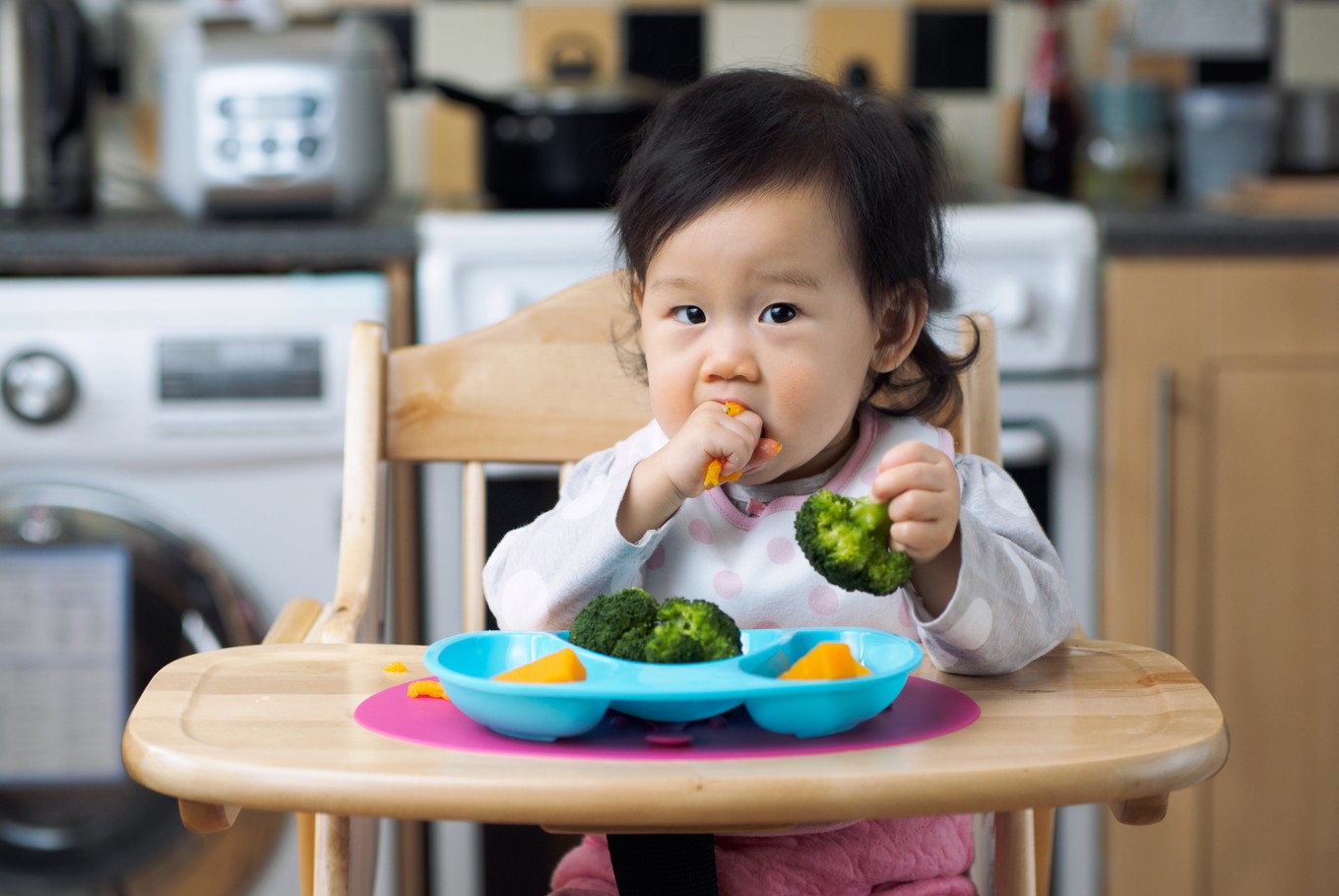Popular Reads
Top Results
Can't find what you're looking for?
View all search resultsPopular Reads
Top Results
Can't find what you're looking for?
View all search resultsBaby-led weaning not recommended, doctor says
Change text size
Gift Premium Articles
to Anyone
B
aby-led weaning (BLW), a method of adding complementary foods to a baby's diet of breast milk or formula, has recently been gaining ground and spurred heated discussions on social media following a popular celebrity's decision to implement the practice.
Bypassing baby purees and weaning spoons, BLW is a method that lets babies feed themselves by eating solid food with their hands.
As reported by kompas.com, pediatrician Lucia Nauli Simbolon explains that BLW was initiated by Gill Rapley around 10 to 15 years ago, which was originally created as a "back-to-nature" concept for babies to wean after exclusive breastfeeding.
Experts who agree with the method say BLW will help the baby become more independent, because there is no parental interference in choosing and feeding. Children who are allowed to choose their own food are also believed to grow to not become fussy eaters, as they would easily consume fruit and vegetables.
Read also: Supporting breastfeeding mothers
According to Lucia, however, doctors do not recommend the method, because the benefits of BLW have not been studied on a large scale. Research has been limited to observational studies constricted to small groups, added Lucia, who spoke at an event in Jakarta on Monday.
"Therefore, we pediatricians [believe feeding methods] should remain guided by the WHO guidance and the Indonesian Pediatric Association, which is six months of exclusive breastfeeding and then starting to introduce soft foods, before gradually introducing rough food until the age of 12 months, when the child is ready to eat family food," said Lucia, who is a doctor at the Anak dan Bunda Harapan Kita Hospital.
Lucia emphasized that a baby's first two years are a critical growth period, where nutrition is crucial. The most important thing about introducing solid food was nutritional adequacy, she said.
"When exclusive breastfeeding ends, the nutritional needs of the child can no longer be met through breast milk, so they should be obtained from complementary foods. The amount should be sufficient, with a variety of nutrition that should contain energy, protein, macronutrients, micronutrients," Lucia said.
Read also: Parenting in the era when the millennials rule
The BLW method may provide insufficient nutrition, she went on, saying that the menu was usually composed of fruits and steamed vegetables. Babies also needed animal protein as a source of iron, while it was not possible to feed a baby solid meat, Lucia added.
The practicing doctor further pointed out that children below one year of age were still unable to properly chew, as their set of teeth was not yet complete. Children who practiced the method would suck on the solid foods they held, while the amount they actually swallowed was limited.
"Babies also need to swallow enough food, not only suck on their food," Lucia said.
Supplementary foods should also be tailored to the physical, oral-motoric, digestive and emotional wellbeing of the child.
Read also: Talk to babies and let them babble back to bridge word gap
"In terms of physical readiness, for example, [the question is whether] the child can sit up straight, the reflex to stick their tongue out has reduced and the head is upright," Lucia said.
A baby's oral motoric capabilities development is accompanied by the growth of teeth, whereby at eight months, a baby could also move their food with their tongue to prevent choking.
On the psychological side, for example, there is a shift from reflective to imitative, where the child becomes independent and does explorative movements. At this time, there is a desire to eat by opening their mouth, show hunger by pushing their body forward or, conversely, pull back when not interested in the food.
Dentist Andria Diarti said the ability to chew was highly dependent on the teeth development, adding that the introduction of solid food should begin with soft food.
Andria said feeding textured food could also stimulate the growth of teeth due to increased dental arch when there is pressure on the gums. (liz/kes)











